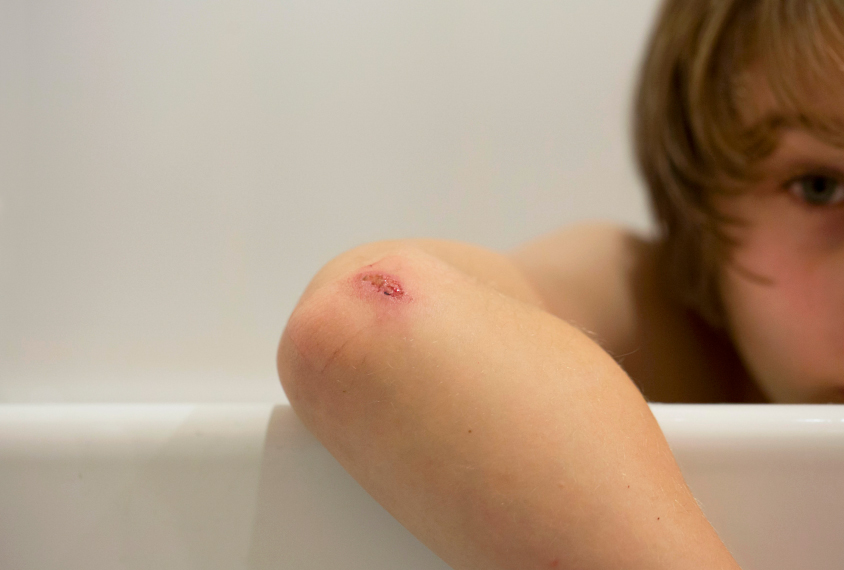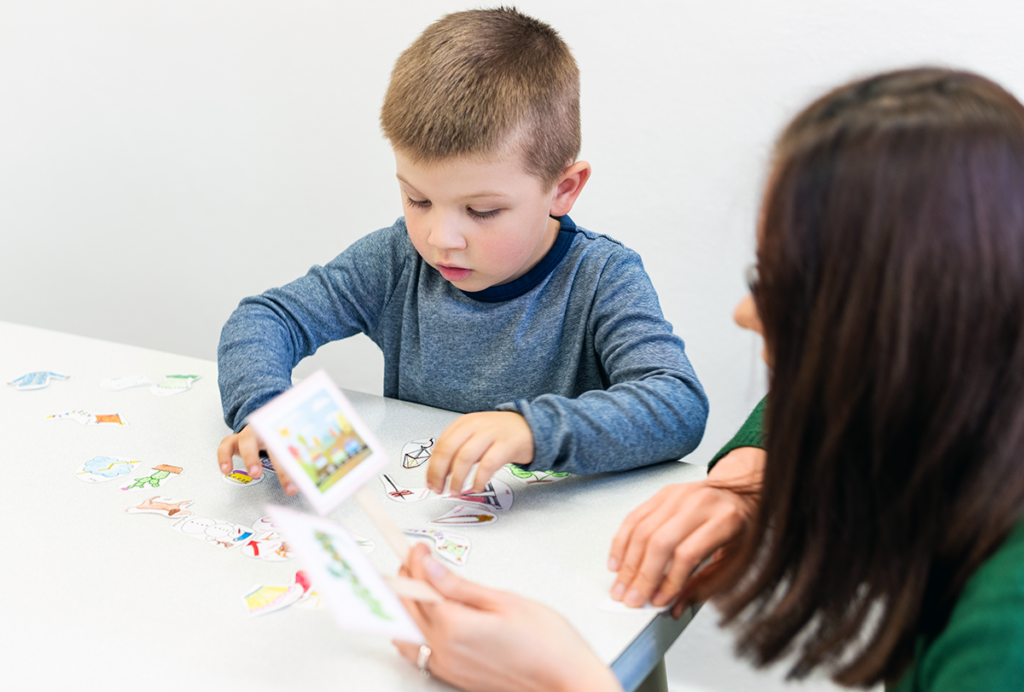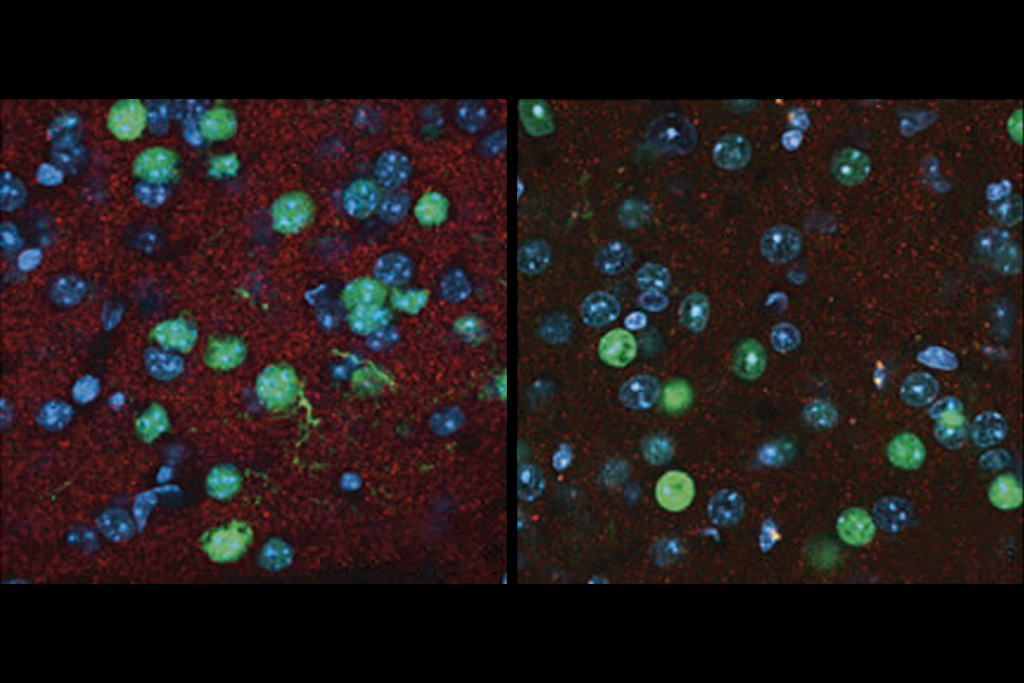
Julia Kuskin / Getty Images
Problems with attention, not autism, predispose children to injury
Young children with autism sustain injuries primarily because of co-occurring attention deficit.
Young children with autism are no more likely than those without the condition to sustain injuries that require medical attention, according a study of more than 2,000 children1.
However, injuries are common among children with attention problems. About 30 percent of children with autism meet the criteria for attention deficit hyperactivity disorder (ADHD).
“Attention problems do appear to contribute to injury risk,” says lead investigator Carolyn DiGuiseppi, professor of epidemiology and pediatrics at the Colorado School of Public Health. “That existing relationship may explain why some studies have found a higher risk of injury in children with autism.”
Some studies have reported that children with autism are at increased risk of injury, perhaps because of their behavioral or motor problems2. But others have refuted that link3.
The new study does an impressive job of controlling for an array of potentially confounding factors, says Luther Kalb, assistant professor of neuropsychology at the Center for Autism and Related Disorders at the Kennedy Krieger Institute in Baltimore, who was not involved in the work. “There’s a lot of attention to detail,” he says.
The possible confounds include maternal education, household income, behavioral problems and co-occurring conditions such as epilepsy and ADHD.
Distraction danger:
DiGuiseppi and her colleagues analyzed data from the Study to Explore Early Development, an ongoing investigation of more than 6,000 U.S. children. They focused on 693 children with autism, 676 children with other developmental conditions, such as language delay or hearing problems, and 883 controls. All of the children were between roughly 2 and 5 years old.
Caregivers reported any injuries in their children that required medical attention. The dataset also contains information about a variety of demographic and diagnostic variables that could influence injury risk.
The researchers found that 32.3 percent of children with autism had sustained injuries requiring medical attention, compared with 30.2 percent of controls. The difference is not statistically significant.
The children with autism are more likely than controls to have a diagnosis of ADHD or other signs of attention problems. When the researchers controlled for these attention problems, the difference in injury risk between the two groups narrowed further. The results appeared 11 October in the Journal of Autism and Developmental Disorders.
The model suggests that attention problems could account for some of the original difference between the two groups, DiGuiseppi says. Clinicians should offer safety tips and advice for the subset of children with autism and attention problems, she says.
Chaotic and loud:
Young children with autism are slightly more likely to injure themselves than are those with other developmental conditions. About 28 percent of the latter group have a history of injuries. The reasons for this difference are unclear, but one possibility is that children with autism are generally more mobile than those with these other disabilities, DiGuiseppi says.
Children with autism could also be more injury-prone than the study suggests. Many injuries among these children may go undocumented because their parents are reluctant to seek medical attention for them.
“Hospitals and [emergency rooms] are chaotic and loud, and there are long waits and not a lot of people who are that well trained in neurodevelopmental disorders,” Kalb says. “I think there is a question of whether parents are a little more apprehensive to use those services.”
What’s more, individuals with autism may face a more significant chance of injury as they age.
“There is mounting evidence that, as they grow, children with autism experience a much greater risk of dying from injury, particularly drowning, than their peers,” says Guoha Li, professor of epidemiology at Columbia University, who was not involved in the research.
DiGuiseppi plans to sort the children with autism into groups based on patterns of behavior, and compare their injury risk.
References:
Recommended reading
Home makeover helps rats better express themselves: Q&A with Raven Hickson and Peter Kind

Genetic profiles separate early, late autism diagnoses

SHANK3 deficiency and behavior in mice; and more
Explore more from The Transmitter
Psilocybin rewires specific mouse cortical networks in lasting ways
